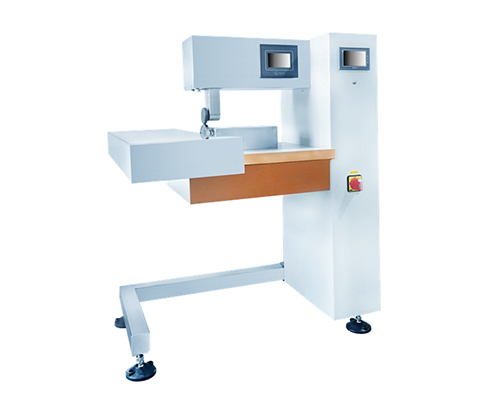Ultrasonic Spray Textile Processing Technology
Ultrasonic Spray Textile Processing Technology-cheersonic
In the vast field of textile processing, the advancement of technology has always been the key force driving the industry forward. In recent years, ultrasonic spraying technology has emerged as a brilliant new star in textile processing, bringing about numerous innovations and changes to the industry.
The phenomenon of uneven coating is widespread. On the surfaces of complex geometric structures and porous fibers, the thickness of the coating varies significantly. This not only leads to unstable protective performance but also greatly affects the overall quality of textiles. Meanwhile, the material utilization rate of traditional processes is low, and a large amount of coatings are wasted. Especially when high-performance coatings are used, the cost increases significantly. Furthermore, traditional coating processes often require multiple coats and a long drying process, resulting in extremely low production efficiency and making it difficult to keep pace with the rhythm of large-scale production.
The significant advantages of ultrasonic spraying in textile processing
- Excellent coating uniformity: It can generate extremely fine and uniform droplets, ensuring that the coating achieves all-round and seamless uniform coverage on the surface of textiles. This effectively avoids the problem of uneven coating thickness and significantly enhances the protective performance and quality of textiles.
- High material utilization rate: The material utilization rate of this technology is usually over 90%, which greatly reduces the waste of coatings. While lowering production costs, it also alleviates the burden on the environment, aligning with the concept of green production.
- Strong fine control ability: By precisely adjusting spraying parameters such as vibration frequency, amplitude and spraying speed, the thickness and density of the coating can be precisely controlled to meet diverse and personalized functional requirements.
- Outstanding environmental performance: Generally, low-volatile organic compound or non-volatile organic compound environmentally friendly coatings are used, significantly reducing the emission of harmful gases, meeting strict modern environmental protection standards, and facilitating the green transformation of the textile industry.
- Wide adaptability: Whether it is any complex geometric shape, porous structure of textiles, or different types of fibers and fabrics, ultrasonic spraying technology can play a significant role in achieving high-quality coating operations.

Multi-field application
- Waterproof coating: Traditional techniques often lead to uneven waterproofing of outdoor clothing. Ultrasonic spraying can create a dense and breathable coating. After a certain outdoor brand adopted this technology, its waterproof performance improved by 30%, balancing protection and wearing comfort.
- Anti-fouling coating: To address the issue of weak adhesion in traditional anti-fouling coatings, ultrasonic spraying can evenly apply materials such as nano-silicon and polyurethane, forming a long-lasting anti-fouling layer that enhances the convenience of fabric cleaning and durability.
- Uv-resistant coating: By precisely spraying ultraviolet absorbers, this technology effectively compensates for the uniformity defect of traditional coatings, enhancing sun protection while maintaining the fabric’s softness and breathability.
- Electronic textiles: On substrates such as nylon, ultrasonic spraying can achieve uniform adhesion of two-dimensional materials like graphene, facilitating the development of smart wearable products that combine soft touch and electrical conductivity.
Ultrasonic spraying technology, with its unique advantages, has demonstrated great potential in numerous fields of textile processing, such as waterproofing, anti-fouling, anti-ultraviolet, and electronic textiles, injecting new vitality into product innovation, quality improvement, and green development in the textile industry.